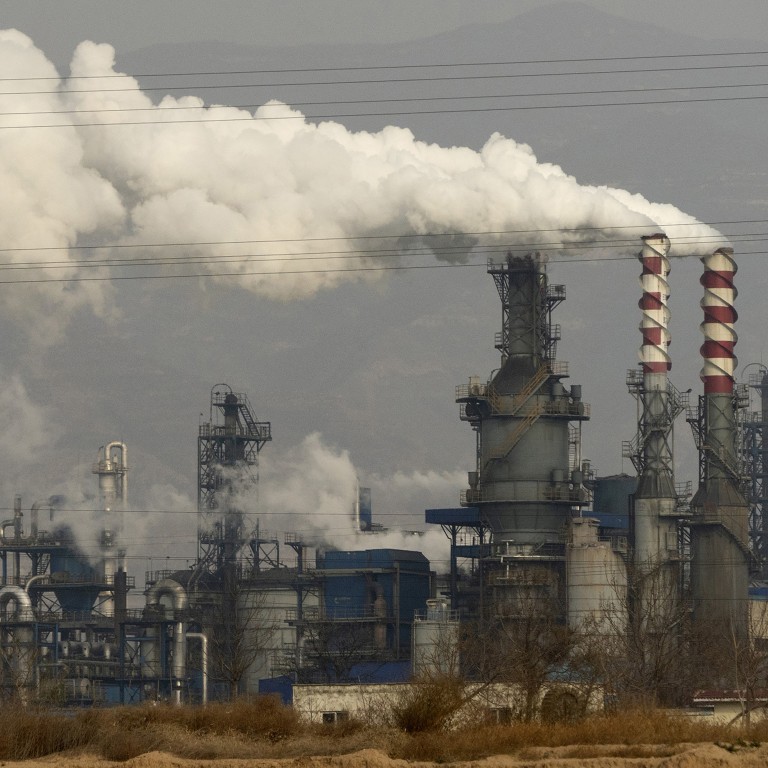
Climate change: China’s voluntary carbon market a step closer to relaunch after suspension for underuse in 2017
- The China Certified Emission Reduction CCER scheme is considered an important part of the country’s environmental goals
- It was suspended six years ago because of low trading volume and a lack of standardisation in carbon audits
China Beijing Green Exchange, which oversees the scheme, announced on Saturday that it has finished developing the registration and trading systems for CCER, and that these are ready for inspection before operations resume. These, it said, are “important infrastructure for building the voluntary carbon market.”
CCER refers to emissions reduction activities conducted by companies on a voluntary basis that are certified by the Chinese government. Such activities include renewable power generation and waste-to-energy projects, as well as forestry projects.
Since the ETS officially started operating in July 2021, the reboot of CCER has been under discussion. Li Gao, director of the MEE’s climate change department said at a press briefing last October that China would strive to restart the CCER market as soon as possible, but an official date has not been disclosed since then.
With the national ETS expanding to eventually cover all eight sectors responsible for the most emissions in China – power generation, oil refining, chemicals, steel, building materials, non-ferrous metals, paper, and aviation – by 2025, the demand for CCERs will be high enough to accelerate the reboot of the scheme, according to analysts.
“The further expansion of the national ETS will widen the gap between issued carbon allowances and the enterprises’ actual emissions, which will speed up the restart of CCER,” Xu Qiang, an analyst at Hong Kong-based Guotai Junan Securities, wrote in a report on Tuesday.


